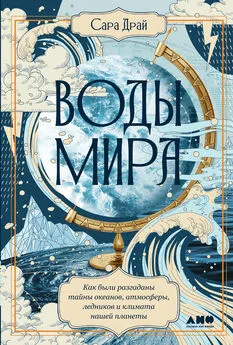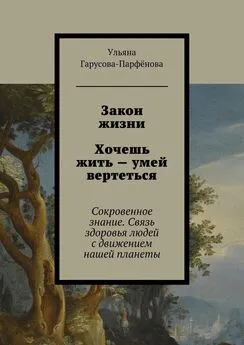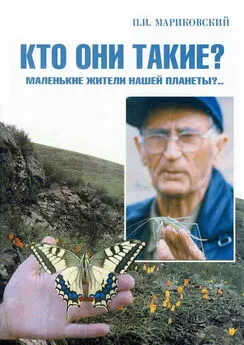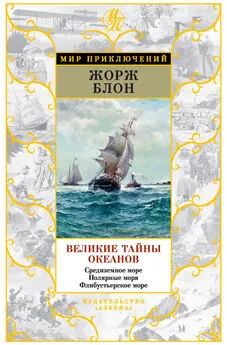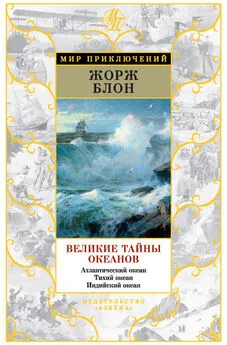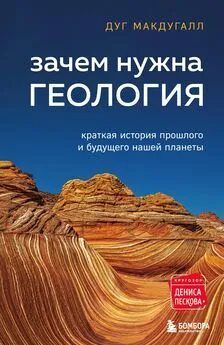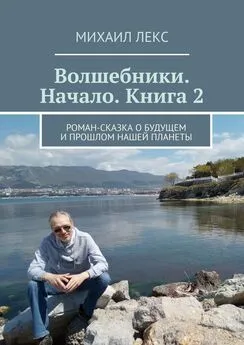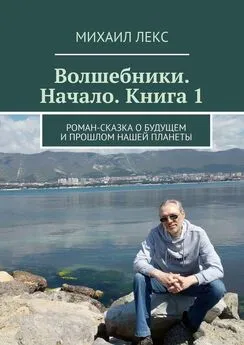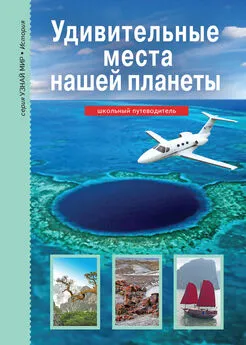Сара Драй - Воды мира. Как были разгаданы тайны океанов, атмосферы, ледников и климата нашей планеты
- Название:Воды мира. Как были разгаданы тайны океанов, атмосферы, ледников и климата нашей планеты
- Автор:
- Жанр:
- Издательство:Альпина нон-фикшн
- Год:2021
- Город:Москва
- ISBN:9785001394938
- Рейтинг:
- Избранное:Добавить в избранное
-
Отзывы:
-
Ваша оценка:
Сара Драй - Воды мира. Как были разгаданы тайны океанов, атмосферы, ледников и климата нашей планеты краткое содержание
Рассказывая о ее становлении, Сара Драй обращается к историям этих людей – историям рискованных приключений, бунтарства, захватывающих открытий, сделанных в горных экспедициях, в путешествиях к тропическим островам, во время полетов в сердце урагана. Благодаря этим первопроходцам человечество сумело раскрыть тайны Земли и понять, как устроена наша планета, как мы повлияли и продолжаем влиять на нее.
Понимание этого особенно важно для нас сегодня, когда мы стоим на пороге климатического кризиса, и нам необходимо предотвратить наихудшие его последствия.
Воды мира. Как были разгаданы тайны океанов, атмосферы, ледников и климата нашей планеты - читать онлайн бесплатно ознакомительный отрывок
Интервал:
Закладка:
115
. The Queen's Empire: A Pictorial and Descriptive Record, Illustrated from Photographs , vol. 2 (London: Cassell, 1897–1899), 120.
116
Frederik Nebeker, Calculating the Weather: Meteorology in the 20th Century (San-Diego, CA: Academic Press, 1995), 197n21.
117
Nebeker, Calculating the Weather , 21.
118
Deborah Coen, «Climate and Circulation in Imperial Austria,» Journal of Modern Histo ry 82, no. 4 (2010): 846.
119
Julius von Hann, Handbook of Climatology , trans. Robert De Courcey Ward (New York: Macmillan, 1903), 2.
120
Климатологи сегодня по-прежнему используют эти методы и разделяют выдвинутое Ханном предположение, что некоторые климатические периоды полезно рассматривать как фундаментально-стабильные. Таким образом, оно продолжает формировать наше понимание климата. См.: Mike Hulme, Suraje Dessai, Irene Lorenzoni, and Donald Nelson, «Unstable Climates: Exploring the Statistical and Social Constructions of 'Normal' Climate,» Geoforum 40 (2009): 197–206.
121
Hann, Handbook , 2.
122
Coen, «Climate,» 846; Deborah Coen, Climate in Motion: Science, Empire, and the Problem of Scale (Chicago: University of Chicago Press, 2018), 139–143.
123
«Notes from India,» Lancet 157, no. 4045 (15 June 1901): 1713.
124
Mike Davis, Late Victorian Holocausts: El Niño Famines and the Making of the Third World (London: Verso, 2002), 26.
125
Davis, Late Victorian Holocausts , 32.
126
Ibid., 146.
127
Доклад Индийской комиссии по борьбе с голодом, 1880 г., часть 1 (Parliamentary Paper, c. 2591), vol. 52 (1881): 25.
128
. Times of India , 11 June 1902.
129
Davis, Late Victorian Holocausts , 152–155.
130
Источник биографических сведений об Уокере: Geoffrey Taylor, «Gilbert Thomas Walker, 1868–1958,» Biographical Memoirs of Fellows of the Royal Society 8 (1962): 166–174; Walker, «Pen Portrait.»
131
Цит. в: Taylor, «Walker,» 168.
132
Письмо Кливленда Эббе Гилберту Уокеру, 24 февраля 1902 г., in Gilbert Walker Papers, Science Museum Library Archive, MS2012/39.
133
Frank Cundall, Reminiscences of the Colonial and Indian Exhibition (London: William Clowes & Sons, 1886), 116.
134
Katharine Anderson, Predicting the Weather: Victorians and the Science of Meteorology (Chicago: University of Chicago Press, 2005), 260–261.
135
Norman Lockyer, «Sunspots and Famines,» Nineteenth Century 2, no. 9 (1877): 583–602.
136
. Imperial Gazetteer of India , chapter 3, «Meteorology» (London: Clarendon Press, 1909), 104.
137
Norman Lockyer, «The Meteorology of the Future,» Nature 8 (12 December 1872): 99.
138
Цит. в: J. Norman Lockyer and W. W. Hunter, «Sunspots and Famine,» Nineteenth Century (1877): 591.
139
Clerke, Popular History, 176. Также см.: Helge Kragh, «The Rise and Fall of Cosmical Physics: Notes for a History, c. 18501920»; https://arxiv.org/abs/1304.3890, accessed 17 December 2018.
140
Balfour Stewart and Norman Lockyer, «The Sun as a Type of the Material Universe,» Macmillan's Magazine 18, no. 106 (August 1868): 319–327, at 327.
141
Lockyer and Hunter, «Sunspots and Famine,» 585.
142
Ibid., 602.
143
«Friday August 19, Subsection of Astronomy and Cosmical Physics, Chairman Sir John Eliot,» Report of the SeventyFourth Meeting of the British Association for the Advancement of Science Held at Cambridge in August 1904 (London: John Murray, 1905), 456.
144
Доклад администрации Метеорологического департамента Индии 1907–1908 гг., 7.
145
Eliot, Report , 457.
146
Arnold Schuster, «Address to the Belfast Meeting of the British Association for the Advancement of Science,» Report of the Seventy-Second Meeting of the British Association for the Advancement of Science (London: John Murray, 1902), 519.
147
Cleveland Abbe , Proceedings of the American Association for the Advancement of Science 39 (1890): 77.
148
Nebeker, Calculating the Weather , 28.
149
Napier Shaw, Manual of Meteorology (Cambridge: Cambridge University Press, 1926–1931), 333.
150
Shaw, Manual of Meteorology , 333.
151
H. H. Hildebrandsson, «Quelques recherches sur les centres d'action de l'atmosphère,» Kungliga Svenska Vetenskapsakademiens Handlingar 29 (1897); Teisserenc de Bort, «Etude sur les causes qui determinant la circulation de l'atmosphère»; H. F. Blanford, «On the Barometric See-Saw between Russia and India in the SunSpot Cycle,» Nature 25 (1880): 447–482.
152
H. H. Hildebrandsson and Teisserenc de Bort, Atlas International des nuages: pub conformenent aux decisions du Comite meteorologique international (Paris: Gauthier-Villars, 1896).
153
Gilbert Walker, «World Weather,» Quarterly Journal of the Royal Meteorological Society 54 (April 1928): 226.
154
Gilbert Walker, «Correlation in Seasonal Variation of Weather, VIII: A Preliminary Study of World Weather,» Memoirs of the Indian Meteorological Department 24 (1923): 75–131, 109.
155
Walker, «Correlation,» 109.
156
Gilbert Walker, «On Periods and Symmetry Points in Pressure as Aids to Forecasting,» Quarterly Journal of the Royal Meteorological Society 72, no. 314 (1946): 265–283.
157
Eliot, Report , 453.
158
Gilbert Walker, «Seasonal Foreshadowing,» Quarterly Journal of the Royal Meteo rological Society 56 (237): 359–364.
159
Charles Daubeny, Climate: An Inquiry into the causes of its differences and into its influence on vegetable life, comprising the substance of four lectures delivered before the Natural History society, at the museum, Torquay, in February 1863 (London and Oxford: John Henry and James Parker, 1863).
160
Как писал Норманд, возглавлявший Метеорологическую службу с 1927 по 1944 г.: «В целом результаты общемирового исследования Уокера предложили больше возможностей для прогнозирования событий в других регионах, чем в Индии». Charles Normand, «Monsoon Seasonal Forecasting,» Quarterly Journal of the Royal Meteorological Society 79 (October 1953): 469.
161
Gilbert Walker, «Presidential Address to the Fifth Indian Science Congress, Lahore, January 1918,» Journal and Proceedings of the Asiatic Society of Bengal , New Series Vol. XIV, 1918 (Calcutta: Asiatic Society): lxxvii.
162
Nebeker, Calculating the Weather , 48.
163
R. B. Montgomery, «Report on the Work of GT Walker,» Monthly Weather Review 39 (1940): supplement 1–22.
164
Sikka, «The Role,» 397.
165
Ibid., 401.
166
Ibid., 415.
167
Ibid., 401.
168
J. Bjerknes, «Atmospheric Teleconnections from the Equatorial Pacific,» Monthly Weather Review 97 (1969): 163–172.
169
William Koelsch, «From Geo to Physical Science: Meteorology and the American University, 1919–1945,» in Historical Essays on Meteorology, 1919–1995: The Diamond Anniversary History Volume of the American Meteorological Society , ed. James Fleming (Boston: American Meteorological Society, 1996), 541–556.
170
Цит. в: Robert Marc Friedman, «Constituting the Polar Front, 1919–1920,» Isis 73, no. 3 (September 1982): 355.
171
Roger Turner, «Teaching the Weather Cadet Generation: Aviation, Pedagogy, and Aspirations to a Universal Meteorology in America, 1920–1950,» in Intimate Universality: Local and Global Themes in the History of Weather and Climate , ed. James R. Fleming, Vladimir Jankovic, and Deborah R. Coen (Sagamore Beach, MA: Science History Publications, 2006), 141–173.
172
Joanne Malkus, «Large-Scale Interactions,» in The Sea: Ideas and Observations on Progress in the Study of the Seas, vol. 1, Physical Oceanography , ed. M. N. Hill (New York: Wiley Interscience, 1962), 99.
173
W. K. Tao, J. Halverson, M. LeMone, R. Adler, M. Garstang, R. House Jr., R. Pielke Sr., and W. Woodley, «The Research of Dr Joanne Simpson: Fifty Years Investigating Hurricanes, Tropical Clouds, and Cloud Systems,» AMS Meteorological Monographs 29, no. 15 (January 2003): 1.
174
Duncan Blanchard, «The Life and Science of Alfred H. Woodcock,» BAMS 65, no. 5 (1984): 460.
175
Позже Бержерон признал ограниченность собственного опыта, отметив, что «на тот момент мне не доводилось сталкиваться с какой-либо погодой или климатом южнее 50° северной широты (кроме зимы 1928–1929 гг. на Мальте)». О Бержероне см.: Robert Marc Friedman, Appropriating the Weather: Vilhelm Bjerknes and the Construction of a Modern Meteorology (Ithaca, NY: Cornell University Press, 1989); Roscoe Braham, «Formation of Rain: A Historical Perspective,» in Historical Essays on Meteorology, 1919–1995 , 181–223; Arnt Eliassen, «The Life and Science of Tor Bergeron,» Bulletin of the American Meteorological Society 59, no. 4 (April 1978): 387–392.
176
Интервал:
Закладка:
